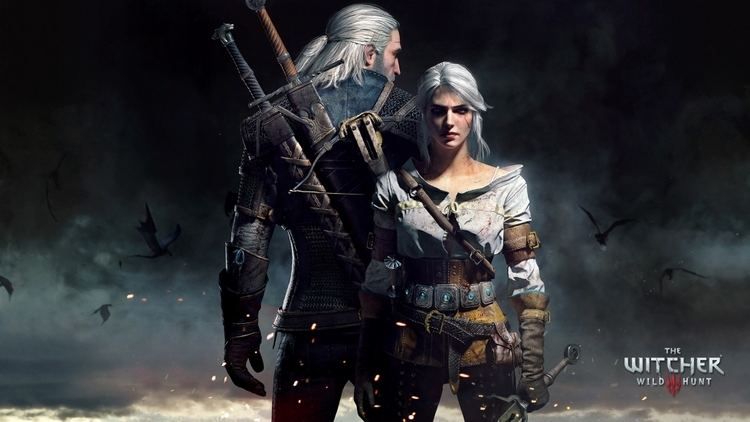 | ||
Books | ||
Gettin witchit the witcher short stories from the last wish
The Witcher (Polish: Wiedźmin, [ˈvʲɛd͡ʑmʲin]), by Polish writer Andrzej Sapkowski, is a fantasy series of short stories and novels about the witcher Geralt of Rivia. In Sapkowski's books, "witchers" are monster hunters who (with training and body modification) develop supernatural abilities at a young age to battle deadly monsters. The books have been adapted into a film, a television series, video games, and a graphic novel series. The series of novels is known as the Witcher Saga. The short stories and novels have been translated into numerous languages, including English.
Contents
- Gettin witchit the witcher short stories from the last wish
- The witcher in 5 minutes
- Books
- The Witcher stories
- Saga
- Standalone novel
- Non Witcher anthologies
- Background
- Major characters
- Geography
- Language
- Translations
- The name Witcher
- Comic books
- Film and television
- Tabletop role playing games
- Video games
- Card games
- Board game
- References
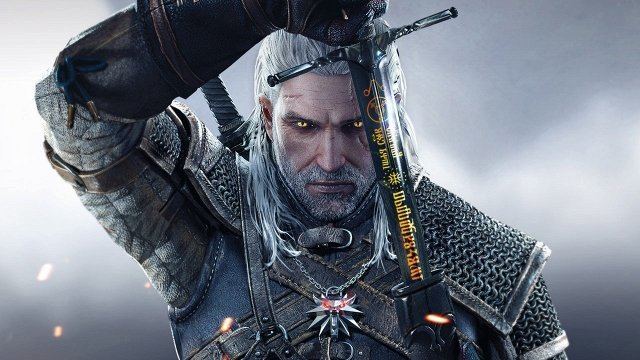
The books have been described as having a cult following in Poland, Russia and other Eastern European countries.
The witcher in 5 minutes
Books
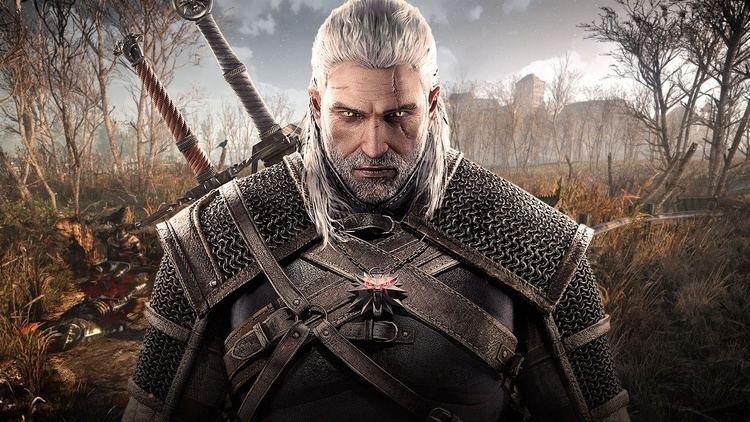
The Witcher short stories were first published in Fantastyka, a Polish science-fiction and Fantasy magazine, beginning in the mid-1980s. The first short story, "Wiedźmin" ("The Witcher") (1986), was written for a contest held by the magazine and won third place. The first four stories dealing with the witcher Geralt were originally featured in a 1990 short-story collection entitled Wiedźmin—now out of print—with "Droga, z której się nie wraca" ("The Road With No Return"), which is set in the world before the Witcher stories and features Geralt's mother to be.

The second published short-story collection was Miecz przeznaczenia (Sword of Destiny). Although The Last Wish was published after Sword of Destiny, it replaced The Witcher as the first book since it included all the stories in The Witcher except "The Road With No Return" (the only story without Geralt). Although new short stories were added to The Last Wish, they took place before those in Sword of Destiny.

Although "The Road With No Return" and "Coś się kończy, coś się zaczyna" ("Something Ends, Something Begins", an alternate ending of the Witcher saga about Geralt and Yennefer's wedding written as a wedding gift for Sapkowski's friends) were later published in Coś się kończy, coś się zaczyna, the other stories in that book are unconnected to the Witcher series. In some Polish editions, "Droga, z której się nie wraca" and "Coś się kończy, coś się zaczyna" are added to The Last Wish or Miecz przeznaczenia.
The Witcher stories
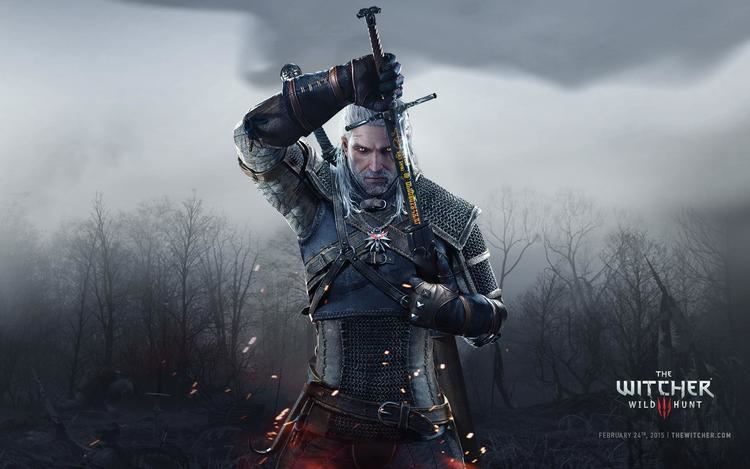
Saga
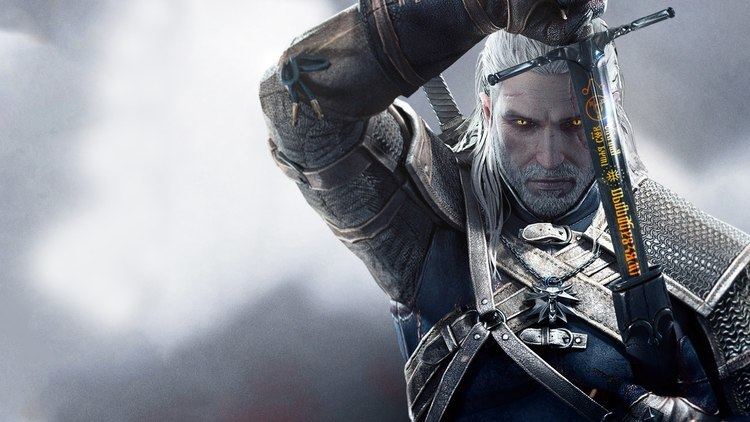
The saga focuses on Geralt of Rivia and Ciri, a child of destiny. Ciri, princess of a recently conquered country and a pawn of international politics, becomes a witcher-in-training. Geralt is drawn into a whirlwind of events in his attempts to protect her.
Standalone novel
Non-Witcher anthologies
Background
The stories are set on the Continent, which was settled several thousand years earlier by elves from overseas. When they arrived, the elves encountered gnomes and dwarves. After a period of war between the elves and dwarves, the dwarves retreated into the mountains and the elves settled in the plains and forests. Human colonists arrived about five hundred years before the events in the stories, igniting a series of wars. The humans were victorious, and became dominant; the non-human races, now considered second-class citizens, often live in small ghettos within human settlements. Those not confined to the ghettos live in wilderness regions not yet claimed by humans. Other races on the Continent are halflings and dryads; werewolves and vampires appeared after a magical event, known as the Conjunction of the Spheres.
During the centuries preceding the stories, most of the Continent's southern regions have been taken over by the Nilfgaard Empire; the north belongs to the fragmented Northern Kingdoms. The Witcher saga takes place in the aftermath of the first major war between the Nilfgaard Empire and the Northern Kingdoms, with a second war beginning in the middle of the series.
Major characters
Geography
Although no map of the universe created by Sapkowski has been released, several maps have been created by fans. According to Sapkowski, the existing maps are "mostly accurate" and he uses a version created by Czech translator Stanislav Komárek. CD Projekt created a map for The Witcher video game in consultation with Sapkowski.
The Continent can be divided into four regions. The Northern Kingdoms (where most of the saga takes place) consists of Aedirn, Cidaris, Cintra, Hengfors League, Kaedwen, Kerack, Kovir and Poviss, Lyria and Rivia, Redania, Temeria and Verden and several minor duchies and principalities such as Bremervoord or Ellander. The Nilfgaard Empire occupies most of the area south of the Northern Kingdoms. The eastern part of the Continent, such as the Korath desert, Zerrikania, Hakland and the Fiery Mountains, is mostly unknown. The book series mentions overseas countries with whom the Northern Kingdoms trade, including Zangvebar, Ofir, Hannu and Barsa.
Language
Sapkowski created a language for the series known as Elder Speech, based on English, French, Welsh, Irish, Latin and other languages. An important dialect is spoken on the Skellige Islands.
Translations
The stories and novels have been translated into Slovak, Czech, Portuguese, German, Russian, Lithuanian, Estonian, Finnish, French, Spanish, Italian, Bulgarian, Ukrainian, Serbian, Swedish, Hungarian, Dutch, Chinese, Georgian and English.
The name "Witcher"
Although wiedźmin has been translated as "witcher", the translation preferred by Sapkowski was initially "hexer" (the title of the film adaptation). Hexe and Hexer are the German words for "witch" and "warlock" respectively; CD Projekt used "witcher" for the title of its video game, and Danusia Stok used it in her translation of Ostanie życzenie. Sapkowski used the word "witcher" in his book Historia i Fantastyka, and Michael Kandel used "spellmaker" in his 2010 translation of "Wiedźmin".
Comic books
From 1993 to 1995, Sapkowski's stories were adapted into six comic books by Maciej Parowski (story), Bogusław Polch (art) and Sapkowski:
On October 11, 2013, Dark Horse Comics announced a comic book series called The Witcher, based on the video-game series and made in collaboration with CD Projekt RED. The first volume, The Witcher: House of Glass with a cover by Mike Mignola, was published in September 2014. A second comic-book series, The Witcher: Fox Children, was published in 2015.
Film and television
The Hexer is the title of a 2001 film and a 2002 TV series, both directed by Marek Brodzki. Michał Żebrowski played Geralt in both. In several interviews, Sapkowski criticized the screen adaptations: "I can answer only with a single word, an obscene, albeit a short one." An American film adaptation of the novel series is planned for 2017.
Tabletop role-playing games
A tabletop role-playing game based on Sapkowski's books, Wiedźmin: Gra Wyobraźni (The Witcher: A Game of Imagination) was published by MAG in 2001. Another tabletop game based on the video games, produced by R. Talsorian Games, is planned for release in 2016.
Video games
In 1996 and 1997 a Witcher video game was being developed by Metropolis Software in Poland, but it was cancelled. The game's director was Adrian Chmielarz, former People Can Fly co-owner and creative director, who coined the translation "The Witcher" during its development. According to Chmielarz, the game would have been a 3D action-adventure game with role-playing elements such as moral choices and experience points.
In 2007 Polish video-game developer CD Projekt RED released The Witcher, a role-playing game based on Sapkowski's saga. The game was released in Europe on October 26 and in the US on October 30 for Windows and OS X. It was well-publicized and, although it was the developer's first game, it received critical praise in Europe and North America. The Witcher was published in Poland by CD Projekt and worldwide by Atari. A console version, The Witcher: Rise of the White Wolf with the same story and a different engine and combat system, was scheduled for release in fall 2009 but was cancelled that spring.
The Witcher: Crimson Trail (Polish: Wiedźmin: Krwawy Szlak), also known as The Witcher Mobile is a mobile-phone action game created by Breakpoint on license from CD Projekt in November 2007. It features a young Geralt as a promising student who has completed his training to become a monster-slayer – a witcher.
The Witcher: Versus was a Flash-based multiplayer fighting browser game, developed for CD Projekt RED by one2tribe and released in 2008. In the game (which has been discontinued), players created a character from one of three classes and challenged other players in battle.
The Witcher 2: Assassins of Kings is the sequel to The Witcher, developed by CD Projekt RED. On September 16, 2009, before Assassins of Kings was introduced, a video of the game was leaked; two days later, CD Projekt RED confirmed that it was in development. Assassins of Kings was published in Poland by CD Projekt, by Namco Bandai Games in Europe and by Atari in North America. The game was also distributed digitally through Steam and DRM-free on Good Old Games.
As of July 11, 2012, the first two Witcher games sold a worldwide total of four million copies for Windows, Mac, and Xbox 360. As of February 6, 2013, the total was over five million copies. As of October 25 sales were at six million copies, and the franchise has sold more than eight million copies. CD Projekt Red announced The Witcher: Battle Arena, a free-to-play multiplayer online battle arena game for mobile devices, on July 1, 2014.
The Witcher 3: Wild Hunt was released on May 19, 2015 and has become one of the most awarded video games of all time. As of March 2016, the game has shipped nearly 10 million copies worldwide.
Card games
In 2007, Kuźnia Gier developed two card games based on CD Projekt's The Witcher video game. One, Wiedźmin: Przygodowa Gra Karciana (The Witcher: Adventure Cardgame), was published by Kuźnia Gier; the other, Wiedźmin: Promocyjna Gra Karciana (The Witcher Promo Card Game) was added to the collector's edition of The Witcher in some countries. Another card game, Gwent was planned for released with The Witcher 3: Wild Hunt as an in-game activity. Players can challenge for (or buy) Gwent cards from characters in the game. In 2016 a stand-alone Gwent online card game was announced and is expected to reach beta in the same year.
Board game
CD Projekt RED and Fantasy Flight Games released The Witcher Adventure Game, a board game designed by Ignacy Trzewiczek, in 2014 in physical and digital forms. The digital version is available on Windows, OS X, Android and iOS.
